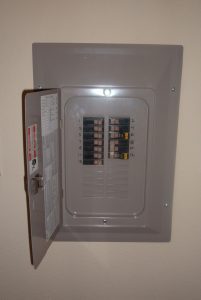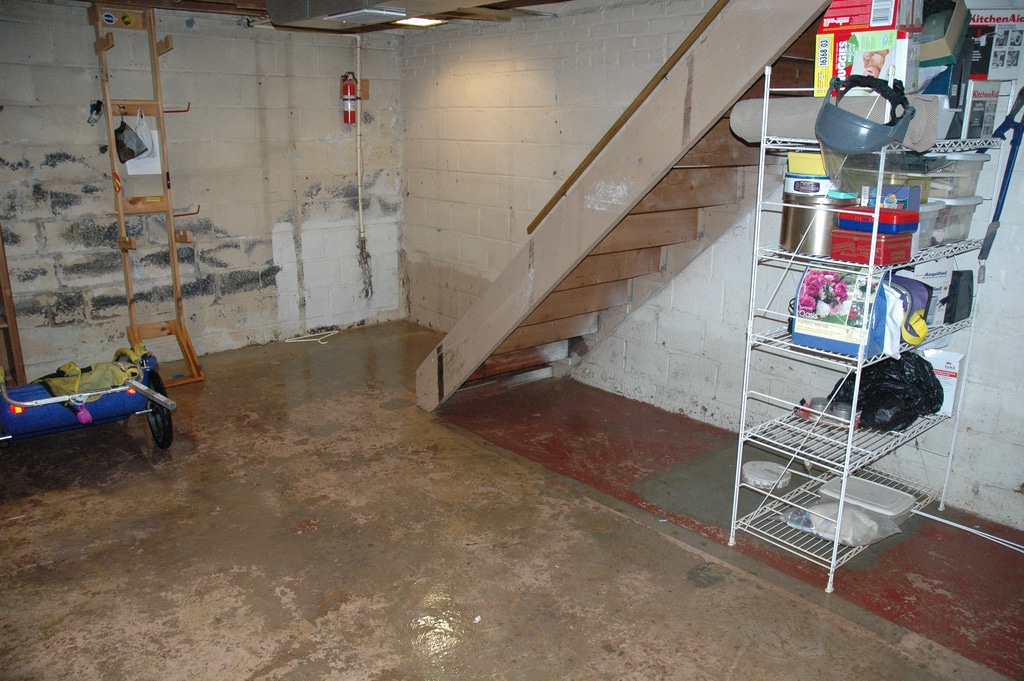5 Ways To Make Your Home Safer in an Earthquake
Earthquakes in the United States are fairly rare, with only a few rumbles here and there. However, even minor earthquakes can result in extreme damage to property and cause injuries. Earthquakes do not require a large or high magnitude to cause serious damage to infrastructure or homes.
In fact, minor earthquakes are capable of knocking out power, damaging infrastructure, and wreaking havoc on your property. Due to the unpredictable nature of earthquakes, homeowners all over the nation should always be prepared to face this eventuality.
According to the Center for Disease Control, planning, preparing, and practicing what you and your family will do during an earthquake can greatly reduce your risk of injury and keep your loved ones safe.
In this article, we’re going to break down a few tips to help you prepare for an earthquake and make your home a safer place during this unpredictable disaster.
1. Secure your furniture
Most deaths and injuries caused by earthquakes are due to falling objects. During an earthquake, your furniture, objects hanging on walls, or fixtures can fall, making your home a dangerous place.
By securing your furniture and objects such as dressers, wardrobes, refrigerators, mirrors, or even tables with straps, you can significantly reduce the chances of them falling on you or your loved ones.
You could also opt for closed hooks to hang things on walls or ceilings to prevent heavy objects from falling or breaking during earthquakes.
2. Contain flammable liquids properly
According to research, fires are often one of the most common causes of damage after an earthquake. So, FEMA recommends securing all flammable liquids in your home in a safe spot. You could place them safely on a shelf or floor where it is far away from furnaces, water heaters, or any sources of fire.
Keeping your flammable liquids safe and away from sources of fire will help keep your family safe from potential fires. It will also reduce the need for fire damage restoration later on.
3. Inspect your home’s structure
The structureStructure refers to the framework or components of a buildin... More of your home is imperative during an earthquake. If there are any loose parts or holes in the structure, it can result in irreparable damage. So, maintaining the safety of your home’s structureStructure refers to the framework or components of a buildin... More is important in ensuring that your home is a safe place to be during such disasters.
Take time to inspect your home and look out for loose parts. For example, you should repairRepair is the act of fixing or restoring damaged property, m... More any cracks or leaks in your home. Another thing to look out for is loose tiles and bricks outside of your home.
If you have some extra time and are willing to put in the work, you could also brace your walls and secure the foundations to wall frames. You could also add sheathing to your home’s framework. This will keep your home from falling apart during an earthquake. If an earthquake does cause structural damage to your home, you need to call a reconstruction professional right away to repairRepair is the act of fixing or restoring damaged property, m... More the damage.
4. Learn the location of your electric panel
Every person in the home should know where the electric panel and valves for water and gas are so they can shut it off during an earthquake to prevent leaks and added damage. Although a gas leak is the most dangerous thing that can happen, floodingFlooding is the overflow or accumulation of water in areas t... More can become a serious issue as well.
So, ensure that everyone knows where the electric panel and valves are located so they can shut them off when needed.
5. Have a disaster preparedness kit on hand
Lastly, take the time to prepare a disaster preparednessPreparedness is the state of being ready to respond to emerg... More kit to aid you right after the earthquake. This kit should have enough to last you 72 hours. You could also prepare a kit for your workplace and your car in case an earthquake happens outside of your home.
A basic kit should contain the following:
- Three gallons of water per person
- Three days’ worth of food
- A portable radio
- A flashlight
- A first aid kit
- Extra batteries
- A whistle
- Dust masks
- Plastic sheets, trash bags, and duct tape
- Wet wipes
- A wrench and can opener
- Maps of the area
- Cell phone, charger, and backup batteries
The Bottom Line
You can never be too prepared for an earthquake since it can strike anytime and cause a lot of damage. The good news is that you can increase your chances of survival with long-term planning and knowing the dangers an earthquake can cause.
Making your home safer in an earthquake doesn’t require you to splurge on state-of-the-art technology nor does it require a lot of time. By making small changes to your home such as securing your furniture, repairing your home’s structureStructure refers to the framework or components of a buildin... More, containing flammable liquids properly, knowing where your electric panel is, and making a disaster preparednessPreparedness is the state of being ready to respond to emerg... More kit, you can greatly reduce the chances of damage and injury caused by earthquakes.














